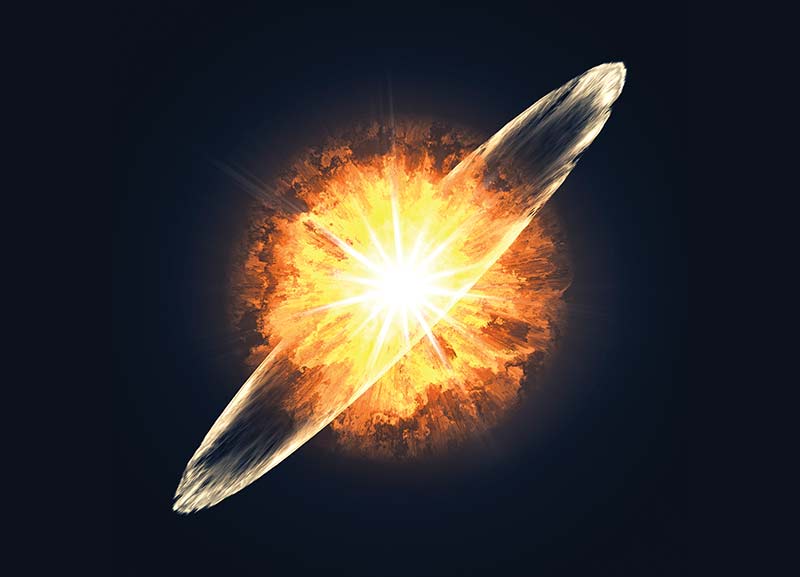

Scientists used data of a supernova remnant that was captured using the National Aeronautics and Space Administration’s (NASA) retired Spitzer Space Telescope, Hubble Space Telescope and Chandra X-ray telescope to know the timeline of the star’s death.

Scientists used data of a supernova remnant that was captured using the National Aeronautics and Space Administration’s (NASA) retired Spitzer Space Telescope, Hubble Space Telescope and Chandra X-ray telescope to know the timeline of the star’s death. This supernova remnant is called SNR 0519 and is located in a galaxy called the Large Magellanic Cloud, which is around 1,60,000 light years away from Earth.
According to scientists, SNR 0519 is the debris that resulted from the explosion of a white dwarf star. The star is believed to have undergone a thermonuclear explosion after reaching a critical mass. Scientists believe that the light from the explosion would have reached Earth approximately 670 years back. They are still trying to determine when the explosion occurred.
Did You Know?
Supernovas eject matter into space at speeds of 15,000 to 40,000kms per second.





